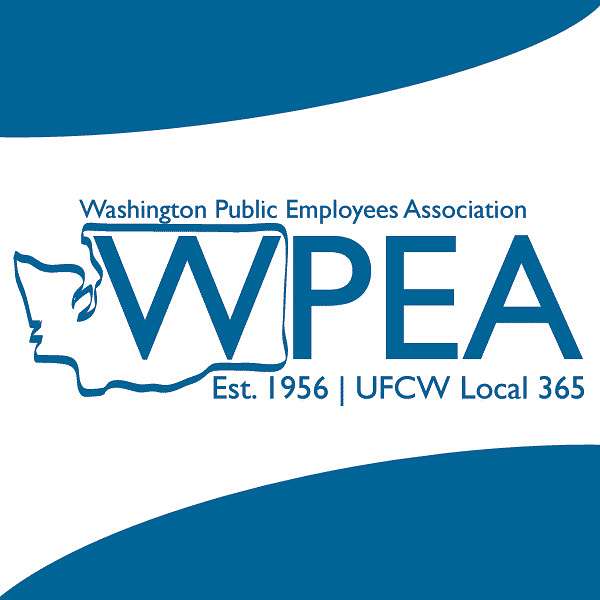
WPEA's Podcast
WPEA's Podcast
Legislative Session 103
Links:
Legislative website: www.leg.wa.gov
Schoolhouse rock “I’m just a bill” video: Schoolhouse Rock - I'm Just a Bill - YouTube
Legislative hotline: 1-800-562-6000
Transcript
In a previous episode, we were talking about the work of the legislature, and I briefly mentioned the process by which a bill turns into a law. I invited you to recall schoolhouse rock, because, frankly, that’s a pretty good basic outlining of the legislative process – it was written for US congress, but the process in the WA state legislature is much the same: A successful bill has to go to committee, then to the floor, then to the committee in the other chamber, then the floor of the other chamber, then to the governor’s desk. Along the way, it can be debated and amended. That’s the simple version of the story. As you may have guessed, the real story – the legislative process as it is actually practiced - is a bit more complicated.
It’s a perilous journey. Most won’t make it. Along the way, there are untold obstacles and nearly impossible odds. There’s also some mystery, and even a big plot twist.
As I said, most bills will die along the journey. Only about 1 in 5 actually get to the governor’s desk. The process is actually designed to make it hard to pass a bill. There are a lot of little steps that a bill has to go through, and some bills will die at every single step. Bills die because they don’t have majority support, or because they’re too expensive, or because there just isn’t enough time. Session is limited, and there are a series of deadlines built into the calendar, called cutoffs. If a bill isn’t far enough along in the process before cutoff, then the bill dies.
So, what does the process actually look like?
Each bill has to go through the same process:
Voted out of committee, voted off the floor, then the same steps in the opposite house.
Voted out of committee, voted off the floor.
Then signed by the governor.
That’s 5 basic steps. If a bill raises or spends money, it has to go through a fiscal committee as well. So... seven basic steps: Policy committee, fiscal committee, floor, then to the opposite house, then signed by the governor.
But each of those steps has little steps within it.
To be voted out of committee, a bill must first have a public hearing. Plenty of bills never get scheduled for a public hearing in their first committee. After a public hearing, the bill must be voted out of committee. We call voting a bill out of committee “exec’ing” a bill, in reference to “executive sessions,” which is the name for the kind of committee meeting where they vote on bills.
Plenty of bills never get voted out of committee, either because they don’t have enough votes from committee members, the committee chair doesn’t want to move the bill, or they just run out of time on the schedule.
But bills have to be out of their policy committee by the first cutoff (called “policy cutoff”), or they’re dead.
Then they have to be scheduled for a public hearing in their fiscal committee.
Plenty of bills get through their policy committee, only to never be heard in a fiscal committee. And again, even with a hearing in their fiscal committee, plenty of bills that get heard in their fiscal committee never get voted out of their fiscal committee – for lack of support, lack of time, or because they’re too expensive, which is something fiscal committees care about in a way that policy committees don’t. And if a bill doesn’t get voted out of committee by the second cutoff date, what’s called “fiscal cutoff,” then the bill is dead.
Then on to the floor, right? Well...